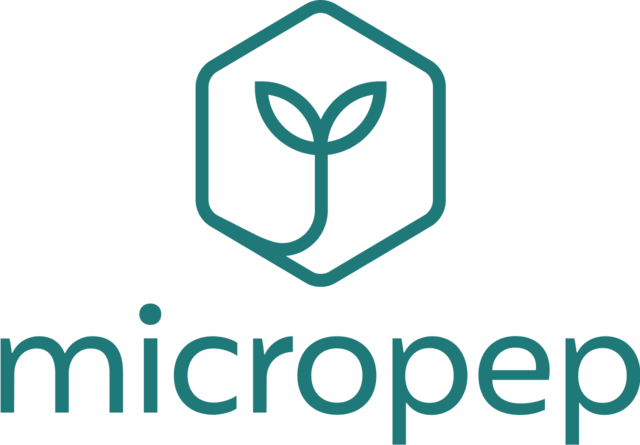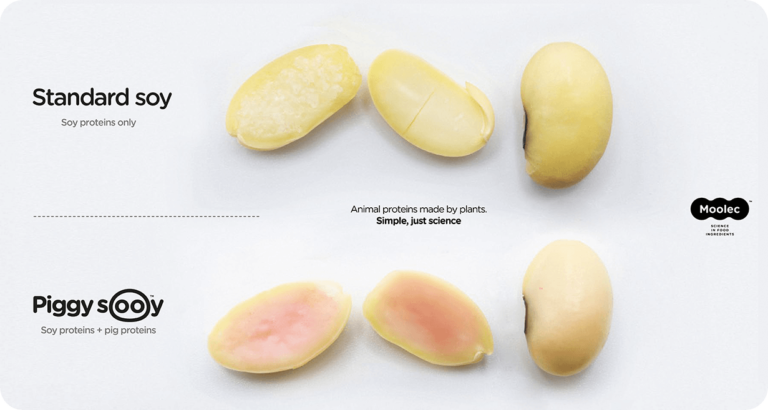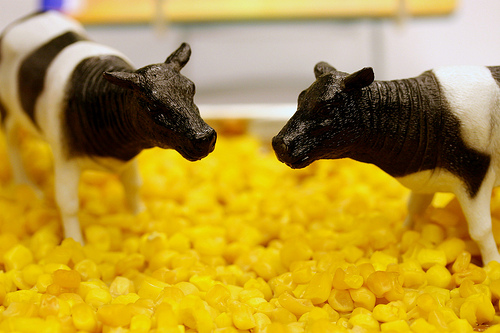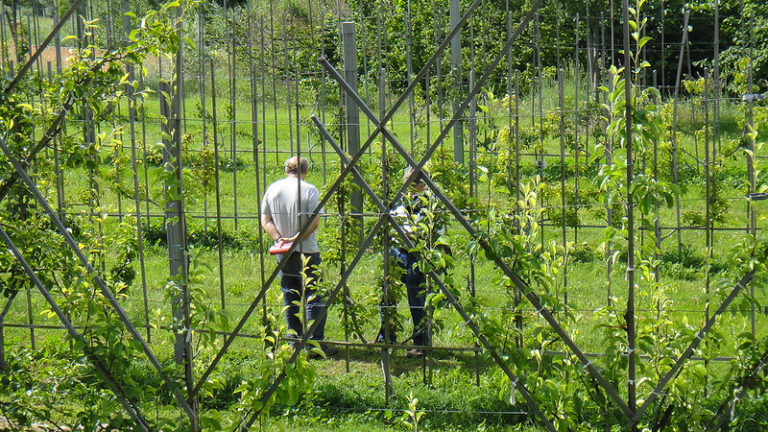Actualités
New GMOs: a deleterious link between regulation and patents

The possible absence of a traceability obligation for “new GMOs” by the European Commission would give patents an unjustified and deleterious scope for farmers and small seed companies, but also for biodiversity and food.
In November 2019, the European Council invites the European Commission (EC) to “submit a study in the light of the judgment of the Court of Justice in Case C-528/16 concerning the status of new genomic techniques in Union law, and a proposal, if appropriate to take account of the results of the study” [1] [2]. This request is addressed to all legal directorates of the Commission concerned with GMOs, including those dealing with intellectual property rights, including patents.
Only the European Commission’s DG Health published a document in response, on 29 April 2021, limited to regulatory aspects [3]. This proposal to amend the current EU GMO regulation is clear: to partially or fully exempt directed mutagenesis and cisgenesis, producing “new GMOs”, from the risk assessment, labeling and traceability requirements that currently apply to GMOs.
Regulation impacts the patent sphere
This lack of requirement of traceability of “new GMOs” would have several consequences, not very well highlighted by the experts and the media. In particular, it would affect the application of patent rights. The European Coordination Via Campesina (ECVC) published in early November 2022 a report denouncing this causal link between GMO regulation and patent rights [4]. It stresses that “the disappearance of the traceability requirement [for new GMOs] would lead to an abusive extension of the scope of patents, to the detriment of the guaranteed GMO-free agricultural sector and the rights of farmers and breeders with regard to seeds”.
The seed industry fears the rejection of the “new GMOs” by the citizens, as the latter had rejected, in the European Union, the transgenic GMOs at the beginning of the 2000s. It therefore deploys many means to obtain a deregulation that would exempt it from labeling [5]. But it also wants to free itself from another constraint: having to trace the “new GMOs” it produces. This is where the subject of patents comes into play. Not requiring the seed industry to trace the “new GMOs” is equivalent to not having to distinguish them from plants expressing native traits comparable to those expressed by these same “new GMOs”. This would extend – in an artificial way – the scope of the patents covering these “new GMOs” to plants carrying such native traits which could however be distinguished from them if a traceability was provided. It may be noted, in passing, that the seed industry maintains a contradictory position: on the one hand, it asserts that the modifications brought about by “new genomic techniques” generate products similar to natural products (and that they are not distinguishable, dissociable) and, on the other hand, it defends the patentability of these products since they constitute technical products or products obtained by patentable technical means.
A deleterious effect at different levels
The farmers, as well as the small breeders, would be the first victims of this new approach. The means available to the seed industry in terms of “innovation” and valorization – by filing patent applications in particular – are indeed not comparable to those of small entities. Their approaches are also different: while the latter seek to identify new traits by cross-breeding without aiming at patent protection, the seed industry discovers and digitizes genetic sequences that it associates with pre-existing so-called “native” traits [6]. Its computer potential allows it to quickly process thousands of data, identify new patentable genetic information, and program genetic manipulations intended to obtain new seeds without having to work on a physical plant or seed. In this respect, one may question the patentability of this last approach, in particular the validity of the criterion of inventive step. The position of the European Patent Office on this point is itself open to question (see box below).
As ECVC points out, the abolition of traceability, and its effect on the application of patent law, would also affect biodiversity: “Six transnational corporations now control more than 60% of the world seed market, reducing most of the cultivated biodiversity to the very limited gene pool they exploit. Any small or medium-sized enterprise that innovates necessarily uses at least one of these genes and thus automatically falls under their dependence: with the amount of licensing fees, the only choice left to these companies is between eliminating themselves from the market or accepting an ‘unbalanced partnership’ followed by absorption”.
Imposing traceability is an evidence
In order to avoid the risk of patent infringement for farmers and small structures, and to avoid restricting biodiversity, the requirement of traceability of GMOs is justified and unavoidable. This would also offer a guarantee for the whole of civil society that the issues of environmental risk (dissemination and contamination) and transparency (informing consumers of the presence of GMOs) are taken into account by the legislator. And the technical means are not lacking [7].
Yves Bertheau, an expert on “new GMOs” traceability issues and co-founder of ENGL [8], the European Union Reference Laboratory, states: “All steps of genetic and epigenetic modification, from random mutagenesis in vitro to primary editing and transgenesis, leave detectable traces in varieties and cultivars. [… ] There is no technical bottleneck to trace all types of GMOs and to prove that the intended modifications are or are not artifactual” [9]. The researcher also points to the need for democratic debate on the issue and “a lack of clear political will to respond to consumer demands” [10].
Patentability and “native features”
The European Patent Office grants patents claiming characteristics of plants that already exist in nature or are already known. It justifies this position as follows:
« …mere discoveries are, in general, not patentable, which also applies in the field of plants. Nevertheless, the legislator has decided that a plant obtained by means of a technical process is patentable even when the characteristic concerned (such as color, pest resistance, yield, vigorous growth, etc.) was already present in nature. The purpose is to encourage or reward inventions that involve inserting the characteristic into a plant by means of a technical process and making the related technical teaching available to the public, which is usually much faster and more targeted than with a natural process and thus has many advantages for obtaining plants« [11].
[1] European Council, Council Decision (EU) 2019/1904, 8 November 2019.
[2] , « Semences et OGM : des études pour changer la législation de l’UE ? », Inf’OGM, 2 December 2019.
[3] European Commission, “Study on the status of new genomic techniques under Union law and in light of the Court of Justice ruling in Case C-528/16”, 29 April 2021 (consulted on 12 December 2022)
[4] Coordination Via Campesina, “Impacts of the Commission’s initiative to modify the regulation of certain plant GMOs on the application of European patent law”, November 9, 2022 (consulted on December 12, 2022)
[5] , « OGM et transparence : quand les entreprises s’en mêlent », Inf’OGM, 5 April 2022.
[6] , « Brevets sur le vivant : récompenser l’exploration ? », Inf’OGM, 14 October 2022.
[7] , « Traçabilité des nouveaux OGM : les œillères de la Commission », Inf’OGM, 28 June 2022.
[8] European Commission, “European Union Reference Laboratory for Genetically Modified Food and Feed (EURL GMFF)”, (accessed December 12, 2022)
[9] Inrae (National Research Institute for Agriculture, Food and the Environment) / “NGT Seminar, New genome editing techniques: Questions for agricultural production and for Organic Agriculture”, presentation by Yves Bertheau: ““New techniques” of genome and epigenome modification (NTMGE)”, 8 December 2022
[10] Ibid.
[11] European Patent Office, “Questions/Answers on Patents on Plants” (accessed December 12, 2022).















